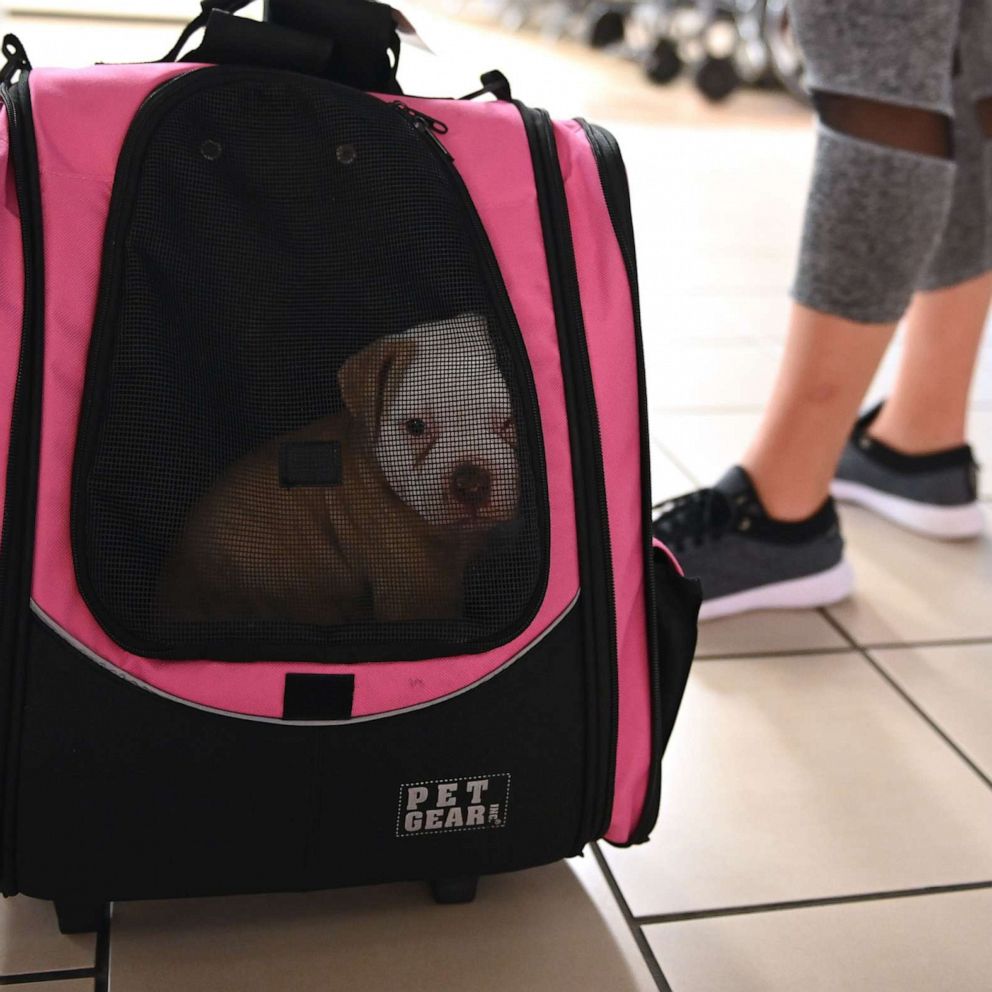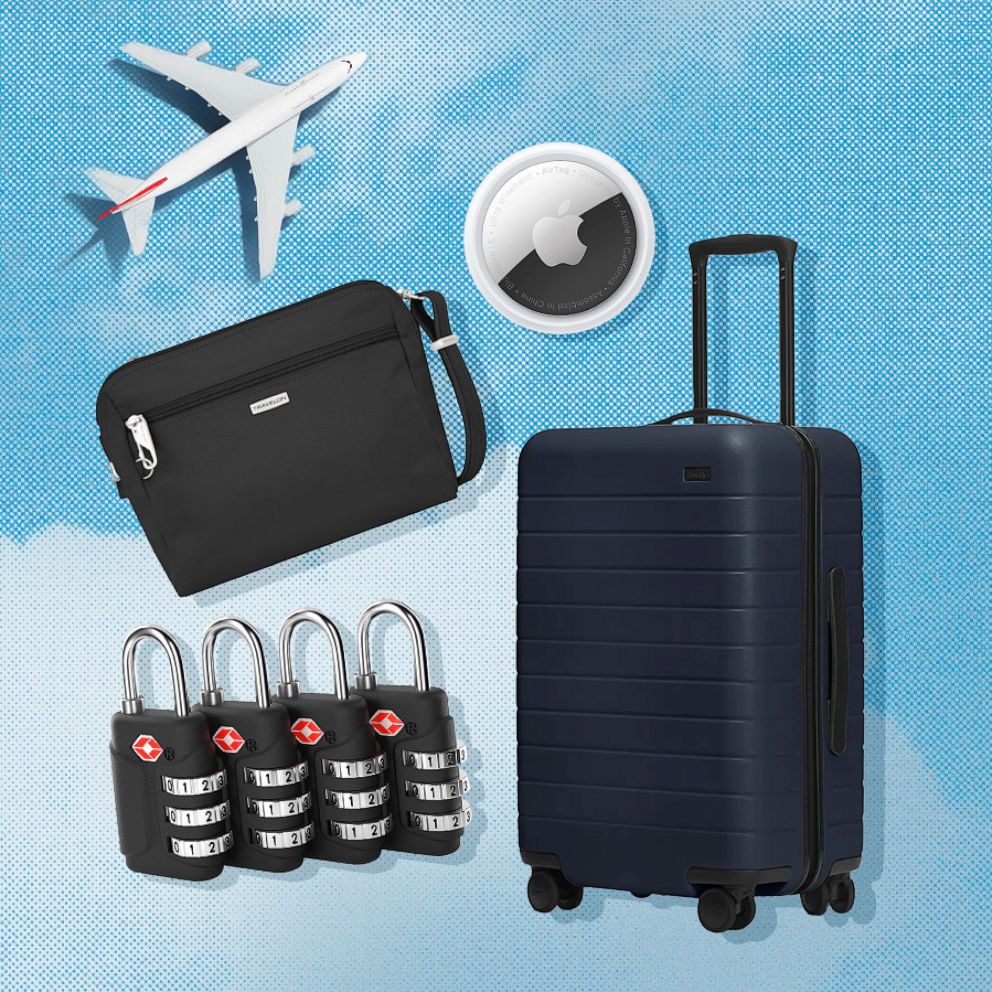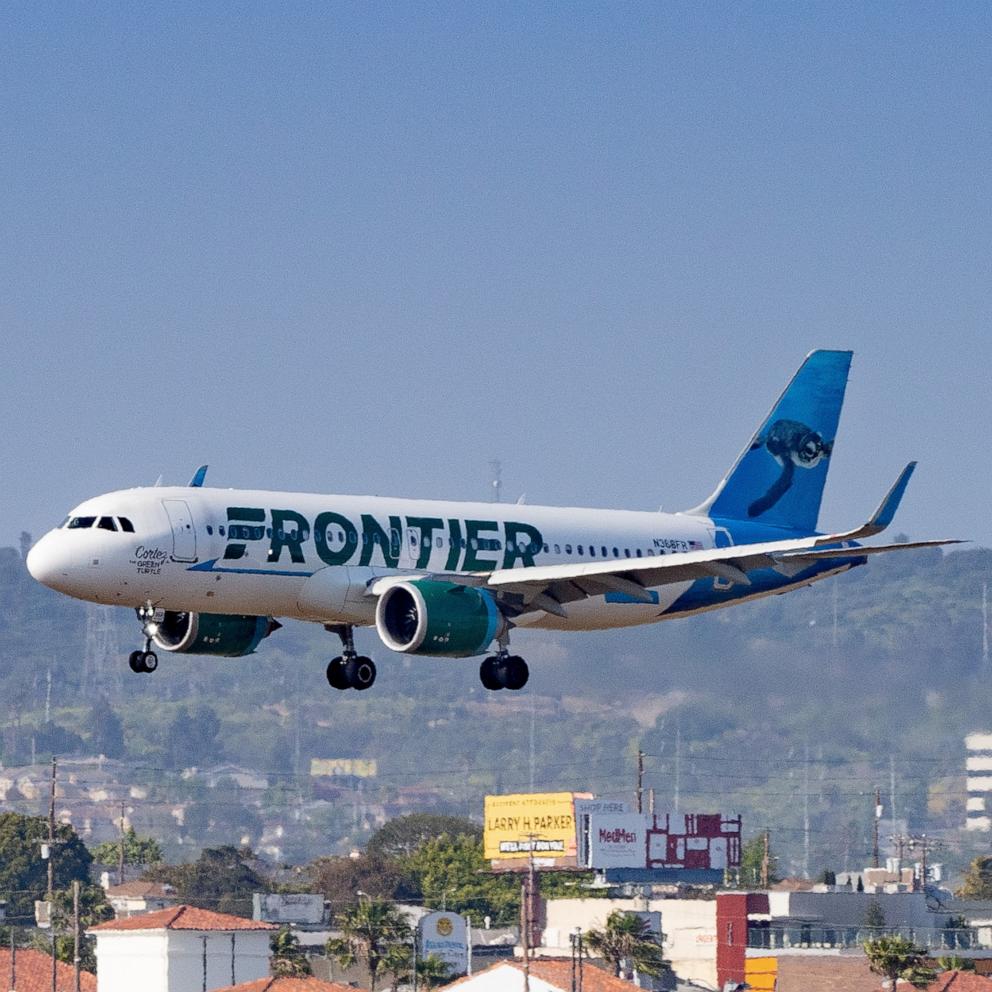Bringing pets on vacation: What you need to know
Pet adoption rates soared during the pandemic. According to a Rover.com survey from January, 49% of Americans said they got a new dog amid the pandemic.
With travel picking back up, pet parents are looking to bring their fur babies on vacation. Here's what you need to know:
1. Understand the rules of flying with Fido
Last year, the Department of Transportation revised its rule on traveling with service animals, no longer classifying Emotional Support Animals (ESA's) as service animals – opening the door for airlines to begin charging for ESA's.
Currently, most U.S airlines charge customers $125 per flight to bring pets inside the cabin.
Dr. Marie Bucko, a veterinarian, said it's important to first ask yourself if bringing your pet on your next trip is what's best for them.
"Your pets are part of the family so it's understandable that you would want to bring them on a family trip," Bucko said in an interview with ABC News. "Sometimes it's not so simple and there's a lot to think about before bringing pets on vacation with us."
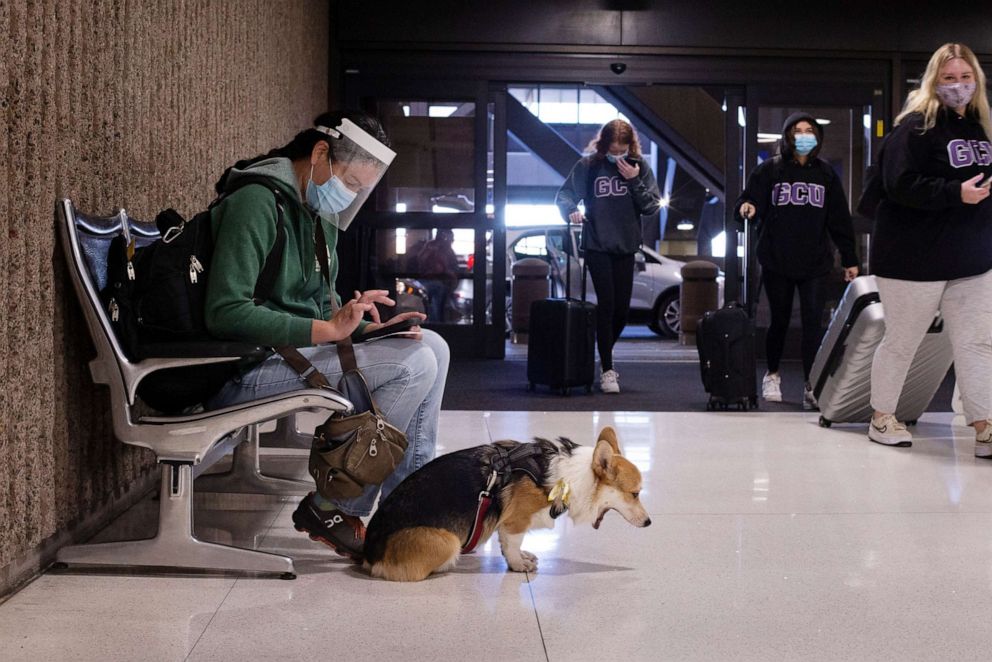
Bucko said it's important to take the time of distance of your flight into consideration.
"We certainly don't want any of our fur babies to get sick on a flight," Bucko said.
If you feel your pet is up for the plane, make sure your airline will allow them on board.
"Check with the airlines because they may have restrictions on breed and on size and most airlines also require a certificate of veterinary inspection which is like a health certificate more or less," Bucko said.
If your pet is traveling in the cabin, Bucko said make sure you have an appropriately sized carrier and work on desensitizing your pet to it.
"At the airline or a local pet store you can kind of look into those dimensions and what their restrictions might be," Bucko said.
2. Pack extra time so your pet can go potty at the airport
Once you arrive at the airport, Bucko said find out where the pet relief areas are located.
"Make sure that you arrived at the airport early enough to exercise your pet bring them to that relief area," she advised.
After you've gone through security, Bucko said its important to let the flight crew know your flying with your pet.
"Your best bet is notifying the flight attendants as soon as you get on that either your pets are with you or they're in the cargo hold," Bucko said. "Just having an open line of communication with them as soon as you step onto that flight and say, 'look I have my pet with me and is there anything that you need from me?' in order to make this flight easier for all of us."
3. If you can swing it, some are flying their pets private
Some pet owners are willing to shell out lots of cash to make their pets more comfortable. Luxury Aircraft Solutions, a jet charter company, said in June it saw almost 74% more people traveling with pets than in June 2019.
Daniel Hirschhorn, managing director of Jetmembership.com, said his customers are typically booking charters to move their pets around the country. He said taking your pet on a private jet is more costly than a commercial flight.
"Generally speaking, it's significantly more expensive to do a private charter, even with those additional fees," Hirschhorn said. "People spend a lot of money on their pets, they're part of the family and if they need to get them somewhere they're willing to pay up."
Unlike a commercial plane, Hirschhorn said animals don't need to be crated on Luxury Aircraft Solutions jets.
4. If your pet's not up to flying, consider taking them on the road
Traveling with a pet by car is more economical for most people. Similar to travel crates, you can also work with your pet to get them used to the car.
"If you don't often take your pet in the car you can start with short trips to fun destinations like a dog-friendly park or a play area to really get your pet used to riding in a car," Bucko said.
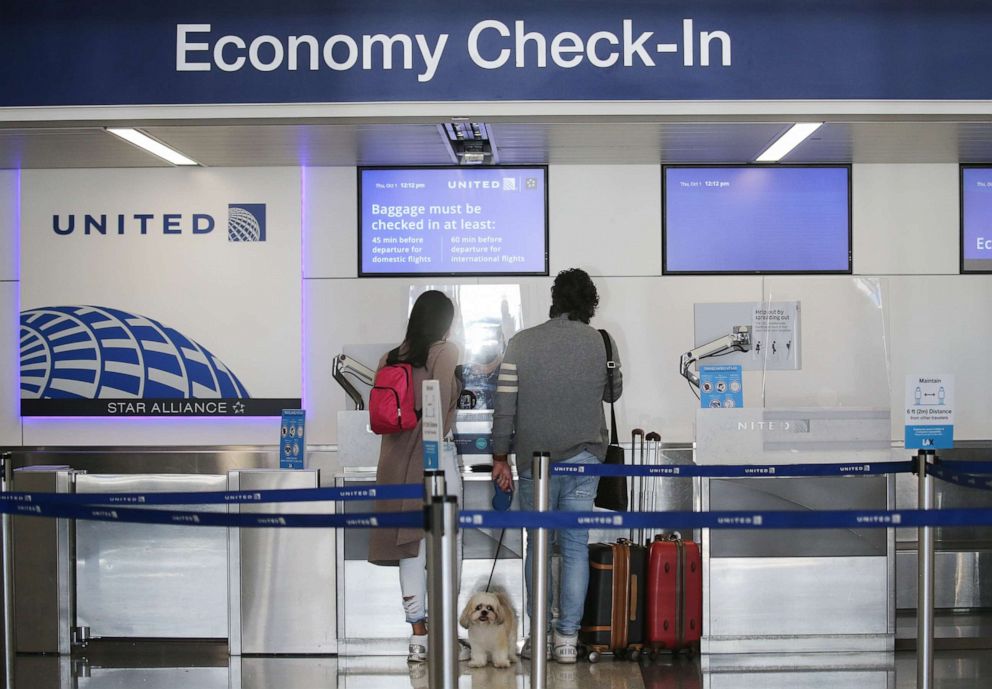
If your pet gets sick on the road, Bucko said its best to talk with your veterinarian before your next road trip.
"The best piece of advice that I have for you is to talk with your veterinarian about alternate travel suggestions and even medications to keep them comfortable."
5. Consider pet-friendly destinations for your next vacation
No matter how you decide to get there, make sure your destination will welcome your furry friend.
Emily Kaufman, a travel expert, said she's seen an uptick in hotels and resorts creating special offers so owners can bring their pets on vacation.
"We don't want to leave pets behind as we start venturing out," Kaufman said. "So, we're seeing new pet owners with new experiences wanting to share those with their pets."
Most hotels will accept cats and dogs for an extra fee. Kaufman said to look for chains that have dedicated pages for pets on their websites.
"Those places are super welcoming for pets," Kaufman said. "They usually give you an amenity, kind of a welcome gift, like a guide to where dog parks are in good walking areas."
